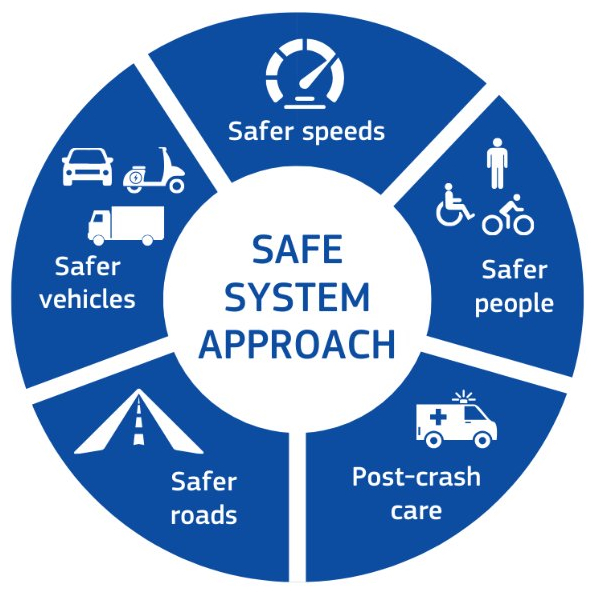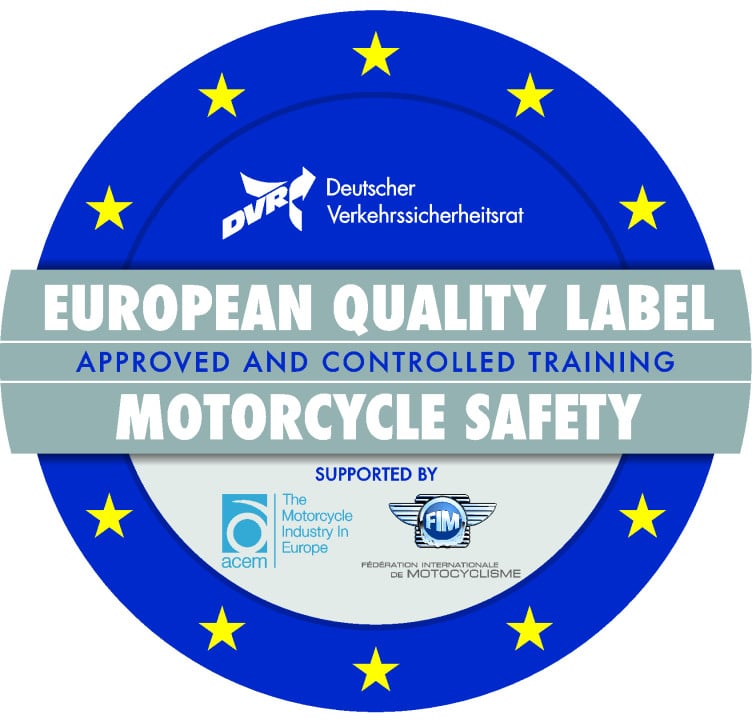For some, motorcycling is a deeply personal passion, while for others it remains unfamiliar territory. This perspective extends beyond riders to safety experts, policymakers, advocates, and industry professionals. Yet, one concern unites them all: the vulnerability of motorcyclists and their high risk of crash involvement. In 2022, 3,361 motorcycle fatalities were registered in the EU. Although fatalities decreased by 20.8% between 2011 and 2022, their crash involvement remains high considering their relatively low share of 1.9% in passenger kilometres travelled. (More insights in crash statistics concerning motorcyclists can be found here and here).

Motorcycling remains an efficient, cost-effective, and lower-emission motorised transport mode, making their safety a priority. However, better understanding the needs of different riders is crucial. The European Road Safety Charter brings together stakeholders with a shared interest in motorcycling safety. This allows a better understanding of the diverse needs of riders, whilst adopting a holistic approach, known as the Safe System Approach, which was discussed in our recent webinar Enhancing Road Safety for Motorcyclists. The webinar emphasised four key areas: safer roads, safer people, safer speeds, and safer vehicles. A recording of the webinar can be accessed here.
Safer roads
Road infrastructure plays an important role in motorcycling safety. Firstly, roads need to be predictable and safeguarded by proper inspections. Roads should be designed with the surrounding environment in mind to ensure that riders and drivers know what to expect and how to behave.
Additionally, nudging can be used to achieve the desired behaviour (e.g. through road markings). It is important to also understand rider limitations and recognising the specific needs of the target group. Secondly, roads need to be forgiving in the event of a crash. Well-designed roadside obstacles and guardrails are essential in reducing the severity of crashes.
Safer people
Understanding rider characteristics is vital for effective safety measures. As illustrated by Martin Winkelbauer (KFV) during our recent webinar (click here to watch recording): “there is no such thing as one type of motorcyclist”. Motorcycling, and the associated crash risks, are inherently linked to factors such as weather conditions, seasonality, time of week, time of day, geographical location, and riding habits. However, several elements are common among different riders, including the importance of training—whether it’s the initial education needed to obtain a licence or ongoing skill development—and the use of personal protective equipment.

While a quality primary riding education (i.e. training to obtain a licence) is important in motorcyclist safety, its effects are only visible after a longer period. Once a change is made in primary licensing requirements or education, changes in crash figures will only portray after a period of time (e.g. 3 to 5 years). Additionally, making changes in primary licensing requirements or education, doesn’t aid issues with older or returning riders, whom already have a license. This emerging issue remains largely unsolved due to an overall lack of complementary trainings. To address this, post-license training is being developed and implemented to improve riding skills, such as post-license trainings by ACEM’s (the European Association of Motorcycle Manufacturers) European Motorcycle Training Quality Label or refresher courses by the Croatian Auto Club. Both training schemes have one common goal: train motorcycle riders to develop into more skilled and confident riders.
Significant progress has been made in personal protective equipment (PPE), yet its usage remains inconsistent among riders. While making PPE a legal requirement may be excessive, efforts should focus on educating, motivating, and promoting its use to foster intrinsic motivation among motorcyclists. Lastly, while this article focuses primarily on motorcyclists, it is important not to overlook other road users. Motorcyclists are often unnoticed in traffic and are frequently not the primary cause of crashes, as shown in the Connected Motorcycle Consortium (CMC) accident analysis below. For example, CMC found that 19.3% of crashes with Powered Two Wheelers (PTW) are caused by crossing traffic out of which only 1.8% was caused by the PTW rider him or herself. The same trend is visible with crashes that occur due to lane changes, left-turns, and U-turns, where the accident causer is most often the other road user.
This also shows that providing proper education for all road users is just as crucial in improving overall road safety. Especially with car drivers, this training can focus on increased hazard perception, addressing motorcycle-specific behaviours (e.g. being vigilant for lane filtering), and general awareness raising during the driving education process.

Safer speeds
Inappropriate speeds can result in poor lean angles and misjudgements in traffic, leading to crashes. Solutions include improved infrastructure (e.g. consistent radius in a turn, infrastructure that supports the overall environment, predictable road surface friction, etc), consistent and logical road signage, clear lane markings, vehicle technology and raising riders’ awareness of risks.
Safer vehicles
Vehicles themselves are also key to improving motorcycling safety. Firstly, the evolution of vehicle characteristics, such as larger size cars and more powerful motorcycles, are influencing crash safety. Secondly, adequate vehicle maintenance remains important to assure consistent and reliable vehicle performance, monitored through periodical technical inspections. Thirdly, the development of different technological driving and riding aids are becoming an increasingly important focal point. While ADAS (Advanced Driving Assistance Systems) can help cars and heavy vehicles drivers avoid crashes with motorcyclists, ARAS (Advanced Riding Assistance Systems) can help motorcycle riders in critical conditions. Even one step further, the development of Connected and Intelligent Transport Systems (C-ITS) warns drivers of the presence of motorcyclists, before a critical situation can develop. The development of these systems, lead by the car and motorcycle industry is a good example of initiatives taken to improve rider safety.
Post crash care
While post-crash care was not discussed in our recent webinar, it remains an important element for motorcyclist safety. Just like cyclists and pedestrians, motorcyclists have a higher vulnerability leading to an even bigger need for adequate post-crash care. While there are limited motorcycle-only opportunities, general post-crash care measures taken for other road users are also beneficial for motorcyclists. More insights on this can be found here.
Conclusion
Motorcycling safety requires collaboration through a holistic Safe System Approach. Despite motorcyclists' smaller share in overall transport, their safety is vital due to their vulnerability and the role they play in tackling Europe’s mobility challenges.
It remains crucial to understand rider characteristics to take adequate and successful actions to improve their safety.
Join us!
Do you have a best practice to increase motorcycle safety to share? Sign up to the European Road Safety Charter and share your experience.
